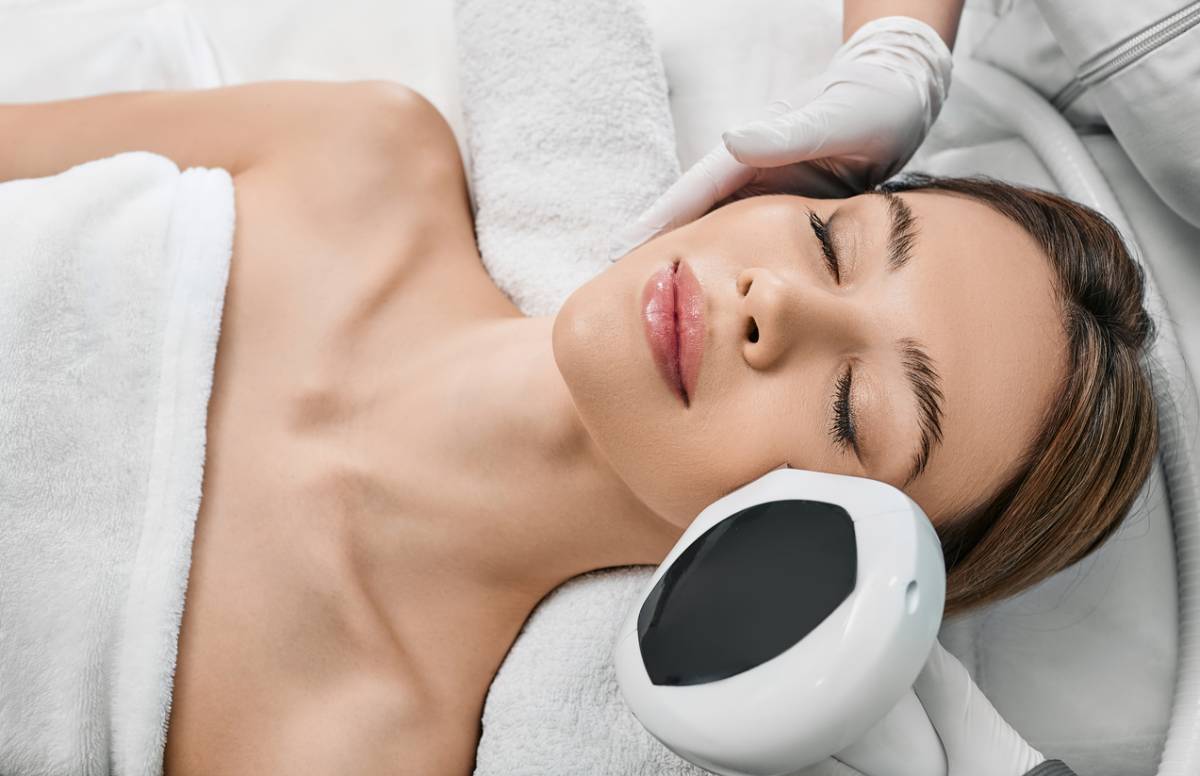A photofacial is a state-of-the-art procedure that can eliminate the presence of blemishes, skin imbalances, and other markings. Photofacials utilize intense pulses of laser light in order to clear the skin of inconsistencies. Now, does a photofacial hurt?
When going into an operation, patients often have many of the same concerns, one of which usually is in regards to how much pain they will have to endure during their treatment.
Fortunately, one of the many benefits of photorejuvenation is that the procedure involves very little pain, and oftentimes patients will feel nothing at all. Any mild irritation experienced during the procedure on the surface of the skin typically clears up in a few days.
If you’re considering receiving this treatment for yourself, then consider overviewing the following information in regard to what to expect from a photofacial session.
A Truly Non-Invasive Option
Photofacials are gaining recognition by both doctors and patients for their ability to deliver stunning results on younger-looking skin while utilizing technology that is completely non-invasive.
The powerful laser lights of Photofacial technology stimulate the production of new skin cells underneath the surface of the base layer of your skin, which subsequently leads to a naturally renewed cycle of cleansing.
The power of the high-intensity light waves has the ability to break down excess collagen that lies beneath the surface layer of skin without harming that outer layer in turn.
These abilities have made photo facials experience an uptick as a popular option for patients looking for non-invasive, non-surgical options for restoring a youthful appearance.
Issues Treated By Photofacials
Photofacials are a truly powerful method for treating a variety of skin issues with little discomfort. Some of the issues that can be worked on by this treatment include:
- Age spots
- Sun Damage
- Vascular Lesions
- Rosacea
- Redness
- Freckles
- Wrinkles and lines
- Uneven tone
- Broken capillaries
- Uneven skin texture
- Visible pores
Even one session can make a noticeable difference in the appearance and health of a patient’s skin, and returning for multiple sessions can gradually restore one’s appearance intensely, shaving years off of your original appearance.
Preparing For Your Photofacial
Prior to your procedure, you and your physician will discuss whether photofacial treatment is right for you in terms of the results you’re looking for.
If approved, the good news is that photo facials require very little preparation or lifestyle adjustment in order to be safely executed.
The primary set of advice given is typically to avoid direct heavy sun exposure and tanning for about a month before and after your treatment.
In addition, it’s standard medical practice for your physician to collect information about your medical history, history of surgeries, and other relevant information prior to serious treatment of any kind.
Working in Tandem with Other Treatment Options
Another beneficial element of a photofacial is that it pairs well with other treatment options in the plastic surgery sphere.
Of particular note is its pairing with dermal fillers. Undergoing a photofacial prior to receiving dermal fillers can dramatically increase the positive outcomes from your dermal filler procedures.
This is due to the photofacial’s ability to increase blood flow in the face, making it more receptive and primed for subsequent injection by dermal fillers.
In addition, on their own dermal fillers have the potential to cause discoloration for a period after their injection. Utilizing photofacial technology can help to clear the skin of these inconsistencies in a much shorter period of time, clearing it of inconsistencies and giving it a youthful glow.
Areas of Treatment
Technically speaking. Basically, any area of the body is safe to receive laser light treatment.
That being said, the most common areas to receive treatment are those that receive consistent exposure to the sun.This is because photofacial technology is particularly suited to repairing the effects of mild sun damage from the epidermal layer of the skin.
Some of the most common areas to receive treatment include:
- Face
- Neck
- Hands
- Arms
- Legs
Speak with your doctor if you’re curious if a photofacial would be of help to skin issues that you are experiencing in other areas of the body.
Giving LA’s Residents the Best Service Available
Mirror Medspa and its award-winning staff have served the Los Angeles area’s contemporary skin care and plastic surgery procedures for years. If you’re curious about learning more about photofacial treatment or would like to book a treatment or consultation, then feel free to visit our website for more information.

